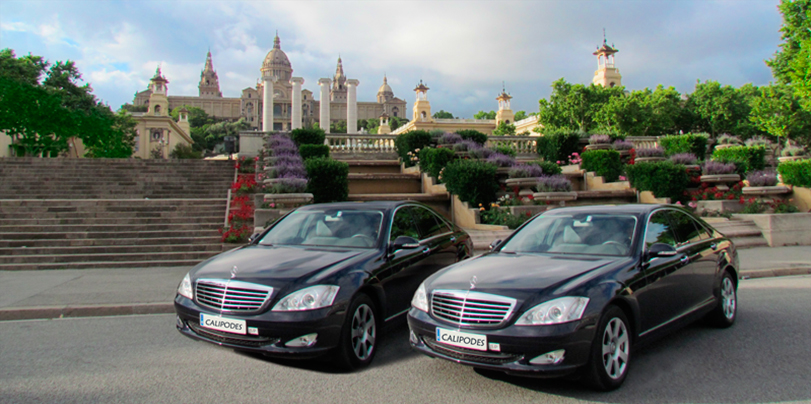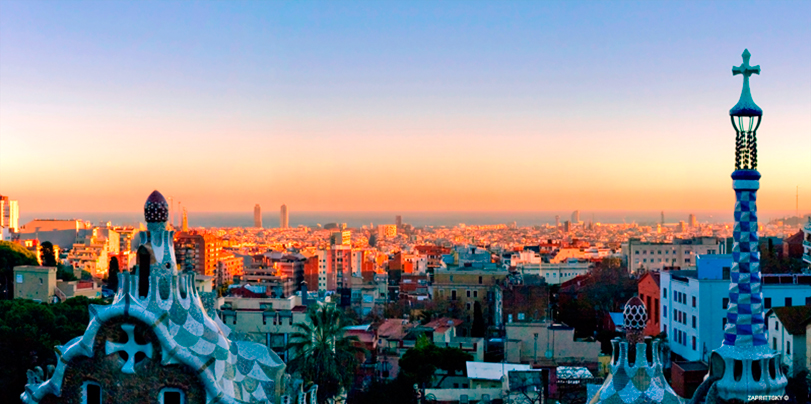Montserrat
The journey between the center of Barcelona and the monastery of Montserrat is approximately 1 hour.
The choristers sing to 13.00 Monday to Friday and at 12:00 on Sundays and religious holidays.
No action on Saturday.
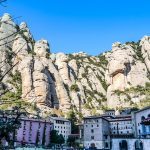
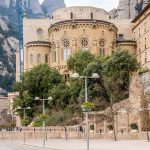
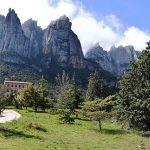
The mountain of Montserrat
The mountain of Montserrat is located approximately 45 kms west of Barcelona. Its highest point is the peak of San Geronimo, at 1220 meters high. At about 725 meters above sea level is the monastery of Montserrat, where about 80 Benedictine monks live. The old monastery is only a portal of the twelfth century. In the sanctuary is the statue of the black virgin “La Moreneta”. The Choir of Montserrat is a very old institution. The boys sing every day except holiday period. Montserrat has a museum with works by old masters such as Caravaggio and El Greco, Catalan artists such as Nonell, Rusiñol or Dalí, French impressionists like Degas and Sisley among others. The museum also has a collection of liturgical objects and a section dedicated to the archeologia the Orient.
History of Montserrat
The history of the monastery of Montserrat dates back to the year 888. The territories around the mountain had been occupied by Arabs. After retrieval, Wilfred the Hairy, Count of Urgell and Barcelona, gave to the monastery of Ripoll. At this time, there were several hermitages in the mountains, including Santa Maria, Sant Iscle, San Martí, Sant Pere and chapel of Santa Cecilia. Initially, the monastery of Ripoll did not give much importance to these territories but in the tenth century, when the abbot of Santa Cecilia wanted to take possession of them, he recovered. In the early eleventh century, the monastery of Ripoll was led by the abbot Oliba, bishop of Vic and grandson of Wilfred the Hairy. According to legend, in the tenth century, a shepherd children had seen the Virgin Mary appear at the top of the mountain. The chapel of Santa Maria had then become a place of devotion to the Virgin. In 1025, the abbot Oliba founded the first monastic community there. In 1070, this community became a priory dependent Ripoll monastery. When a statue representing the Virgin and Jesus child, reportedly, had been hidden for not encontrasen Muslims, the legend of Our Lady of Montserrat I took strength and the number of visitors was found in the twelfth century, it was increasing . Soon, the chapel had to be replaced by a larger one. tThe devotion to St. Mary spread rapidly. In 1409, the priory received the title of abbey and withdrew from the monastery of Ripoll. In 1493, monks came from the congregation of San Benito de Valladolid and Montserrat lost its independence. In 1560 the construction of the current sanctuary was consecrated in 1592 began. In 1811, the monastery was destroyed by Napoleon’s troops. In 1835 the Mendizabal disentailment forced the monks to leave the monastery and lost many of its assets. The year 1844 saw the return of the Catalans monks and independence, and reconstruction of the monastery. In 1881, Pope Leo XIII declared Our Senore of Montserrat patron of Catalan diocese.

